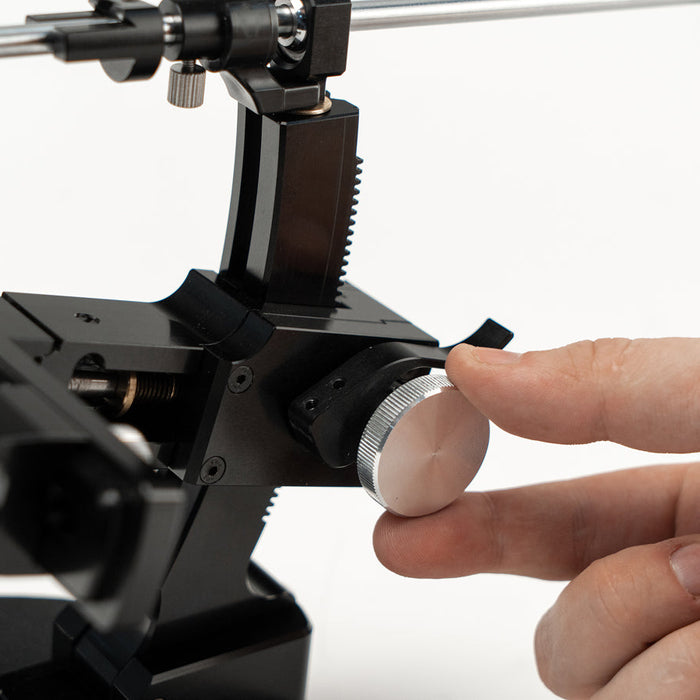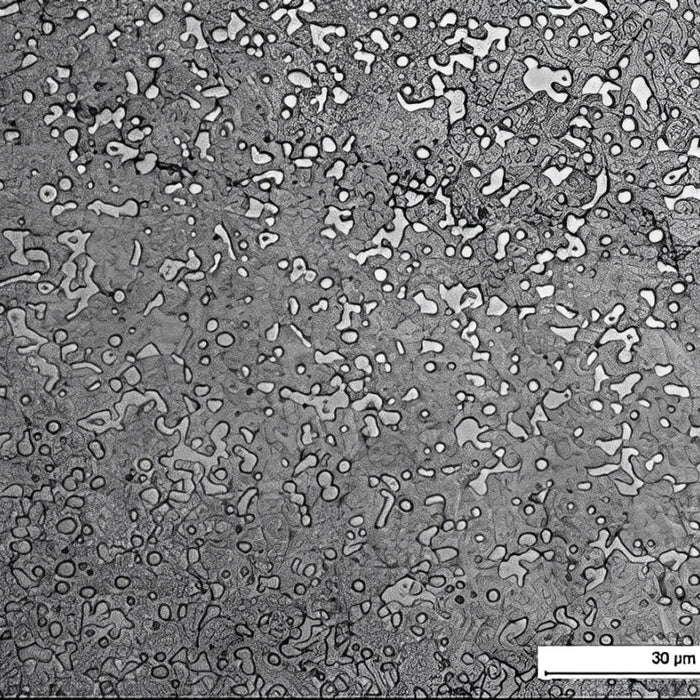Introduction
How often should you sharpen your knives? We will try to answer this question. It also naturally raises another question of why your knife must remain sharp.
Firstly, using a sharp knife requires minimal effort regardless of the task at hand. Secondly, it ensures your safety during usage. The reason is obvious: if your knife is not sharp enough, applying increased physical pressure on the blade may cause uncontrolled slipping, potentially resulting in injury.
On the other hand, certain safety measures must also be observed when handling a sharp knife to avoid cuts.
Numerous reasons determine how often you need to sharpen your knives. To put it briefly, the more frequently you use a particular knife and the harder or less yielding the material being cut, the more often you'll need to sharpen your knife blade.
Factors affecting sharpening frequency
Apart from the materials or products that come under your knife's blade, the frequency of sharpening is directly influenced by the anatomy of the knife, specifically the bevel geometry, sharpening angle, and also the degree and quality of blade hardening.
Recommended sharpening angles for various knife groups can be seen as a starting point, not as the deciding factor for sharpening frequency.
Aside from other characteristics, the steel grade, as an additional aggregate feature of any knife, is not overly important. It is essential to select the correct technical sharpening parameters for a specific blade to perform specific tasks effectively. In other words, approach the determination of the knife's intended use comprehensively.
Knife groups by intended use
It is best to consider different sharpening types and their purposes depending on the purposes of the knives. Among the most widespread and numerous knives are those used in the household and the kitchen. This category also includes several other less common blade types.
Chef knives are also widespread, sharpened by the same principles as home kitchen knives.
Example 1. Take a high-quality chef or kitchen knife with flat high grinds from mid-range steel or higher. Users have a choice of how to sharpen their knife. Option 1 – You can create very small and sharp sharpening angles. Initially, the sharpness will be very high. However, this knife will quickly lose its working sharpness. Option 2 – You can sharpen the knife at an angle providing greater reliability and durability of the cutting edge, though initially not as sharp as in the first case. Here, the knife will cut effectively due to its geometry at the edge's contact point with the food.
Here, we discuss simple straight bevels without additional refinements. However, it is possible to modify the bevels, making them convex, for example. Such bevels can successfully cut and maintain edge sharpness for a long time due to their anatomy. Special skills, experience, and occasionally special devices are needed to achieve this sharpening type. The choice remains with the user.
Another quite common group of knives is outdoor knives: bushcraft, hunting, and tourist knives. These knives have distinctive characteristics and features, the main one being increased demands on durability and efficiency compared to others. Therefore, most outdoor knife blades are significantly thicker at the spine and have greater thickness behind the edge before the initial sharpening.
Regardless of the blade profile and primary grinds, outdoor knives can also be sharpened at different angles depending on steel parameters and materials being cut.
Sharpening angles in each case should be determined experimentally. Bevels on any blade type can be made straight or convex.
It is also worth considering steel parameters regarding the suitability of specific heat treatments for certain tasks.
Knife steel parameters
When discussing steels themselves, their hardness, and the durability and sharpness of the cutting edge, one rule applies—the harder and thinner the blade is at the cutting edge, the more brittle and less resistant it becomes to lateral loads.
The same happens with softer steel blades if used incorrectly. The difference will only be in the extent, but damage is inevitable.
It is incorrect to assume that a more massive and thicker blade of such steel will not suffer similarly. Usually, with a massive blade, there is a desire to do something impressive, and unexpected damage can occur.
Therefore, knife and steel manufacturers always strive to find the golden mean between hardness and plasticity to maximize blade efficiency.
It should be mentioned that the most common cutting, slicing, and processing techniques can be performed by various knives with different effectiveness.
Moreover, the material used as the cutting board is considered as one possible factor. Long-term tests have shown that cutting boards made of wood, plastic, or special composites do not significantly affect blade dullness. It is more about general hygiene and aesthetics in cooking.
Signs of blade dullness
Knife usage inevitably leads to partial or complete blade dullness over time. Indicators include:
All these symptoms typically appear together, prompting increased force instinctively. At this stage, cuts may become uneven or ragged.
The blade often slips when the edge apex becomes rounded. Uneven or ragged cuts indicate irregularities or damage to the cutting edge, such as rolls or chips.
These factors significantly complicate cutting and make blade use dangerous.
While blade dullness is problematic, it helps users realize whether the previously chosen sharpening angle was correct, based on knife usage. Thus, users gain valuable sharpening and knife-handling experience. Users can also learn what to do to avoid such situations in the future.
How to sharpen knives
A sufficiently experienced and knowledgeable user realizes that you can sharpen your knife to be sharp or sharpen your knives correctly. Proper sharpening ensures the bevel surface is uniform, clean, and thus, the apex of the cutting edge attains maximum durability and cutting performance.
The choice of sharpening devices or abrasives is less crucial; what matters most is selecting materials that produce the cleanest and most even bevel. Ultimately, the user sharpens the blade, not the device or stone. Users must have theoretical knowledge, experience, and skills to achieve the desired results. If unsure or unwilling to invest in materials and equipment, consulting a sharpening specialist is always an option.
Example 2. Let us suppose you have a new chef or kitchen knife made of a good quality steel and sharpened at 40 degrees total. Such a knife's slight dullness does not require full sharpening. A quick honing with a steel rod or stropping with diamond paste on a leather strop is sufficient. A two-grit ceramic honing rod is also well suited for occasional honing. This method saves time and materials, providing excellent cutting performance. This is the best way to maintain your knife’s sharpness.
This honing method with a steel rod and leather strop suits almost all knives.
Knife care
Proper storage is as important as cleaning and drying knives after use, since each steel has unique features. Even if unused, knives require regular inspection and care, such as oiling, especially carbon steel blades.
Conclusions and tips
Sharpen your knives as necessary when partially dull or damaged. Sharpening frequency depends on the previously mentioned factors. A fixed angle guided knife sharpening system delivers the highest sharpening quality. It can be small and compact like TSPROF Pioneer, portable with a folding design like TSPROF Kadet Pro, or big, heavy, and mostly stationary like TSPROF K03 Pro.
To minimize sharpening frequency, use your knife for its intended purposes. Select a more robust and durable sharpening angle if you prefer less frequent sharpening with an effective blade. This way, the blade will last longer between sharpenings compared to a sharper angle.














